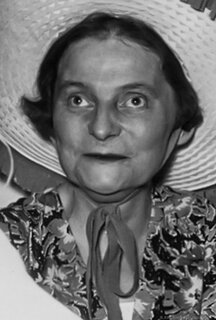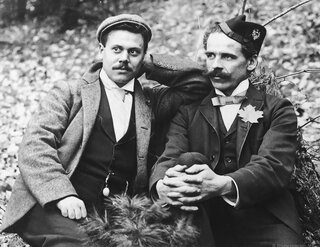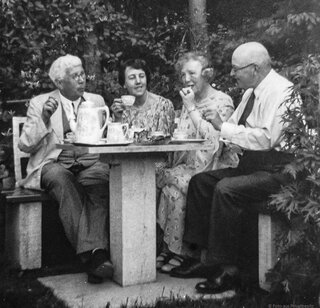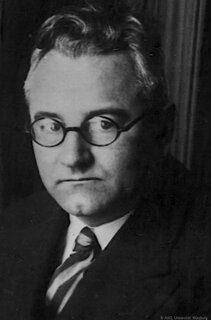
Brainpainting
150 x 100 x 2.5 cm (h x w x d)
Brainpainting is a way for paralyzed people to become artistically active or even to write. The normal way via the muscles of the limb is bypassed. The person can learn the necessary brain impulses. These are derived via an EEG and converted into corresponding computer commands.




